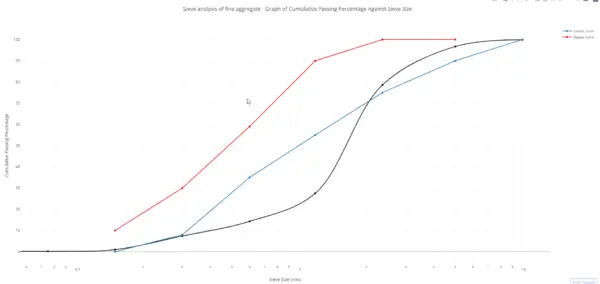a) 30%
b) 35%
c) 40%
d) 45%
The standard specifies the normal consistency for concrete of grades M55, M60 and M65 as 30-35%, 30-40% and 30-45% respectively. As per Table 5 of IS 10262:2019, the nominal maximum size of aggregate assumed is 20 mm. The normal consistency is defined as the amount of water, expressed as a percentage of the weight of dry cement, required to produce a cement paste of standard consistency as specified.
The correct option is c) 40%.
As per IS code specifications, high strength concrete of grade M60 is expected to have normal consistency in the range of 30-40%. This multiple choice question tests the knowledge of acceptable consistency range for a defined high strength concrete grade as per relevant Indian standards.



